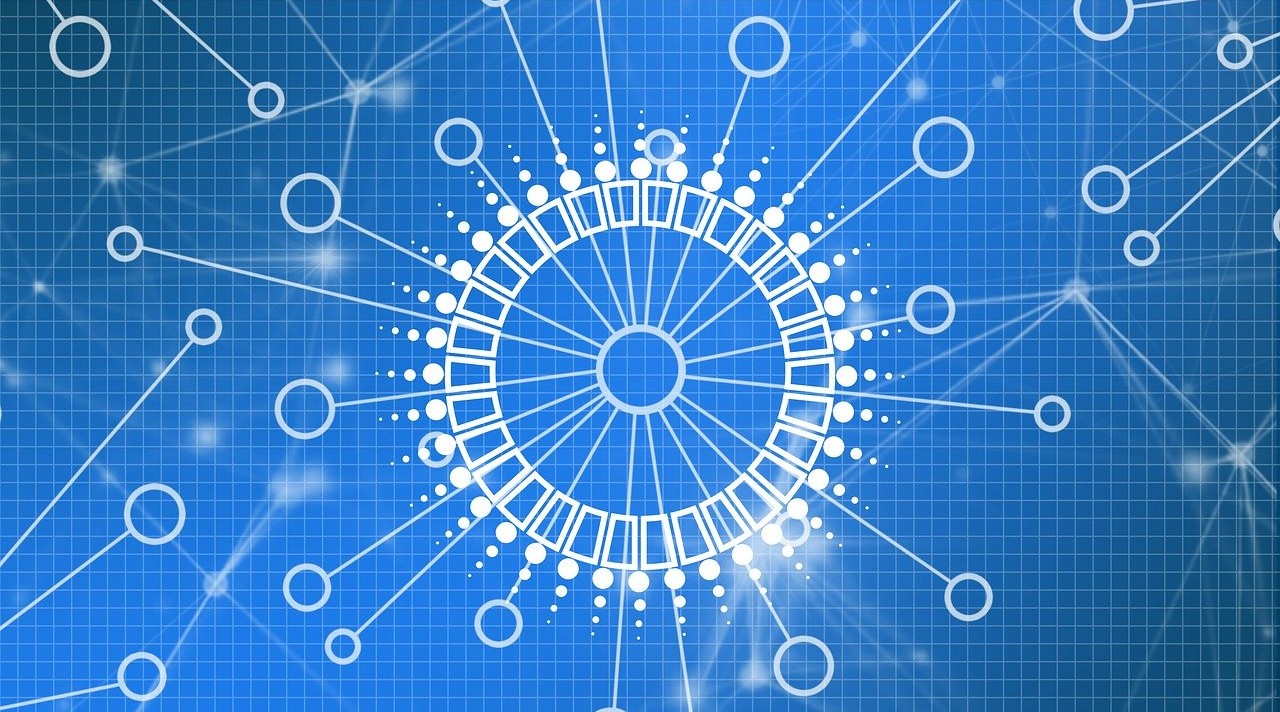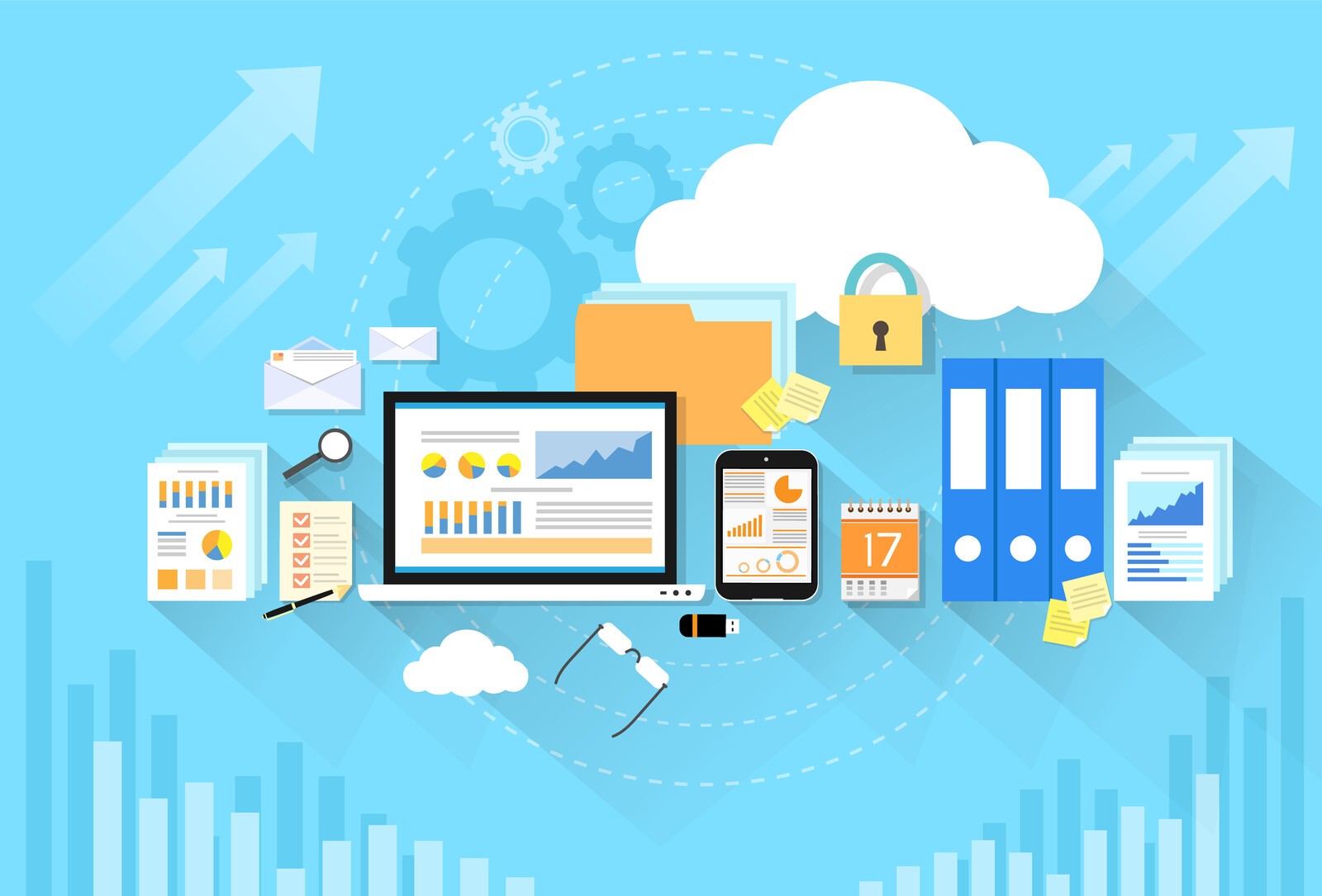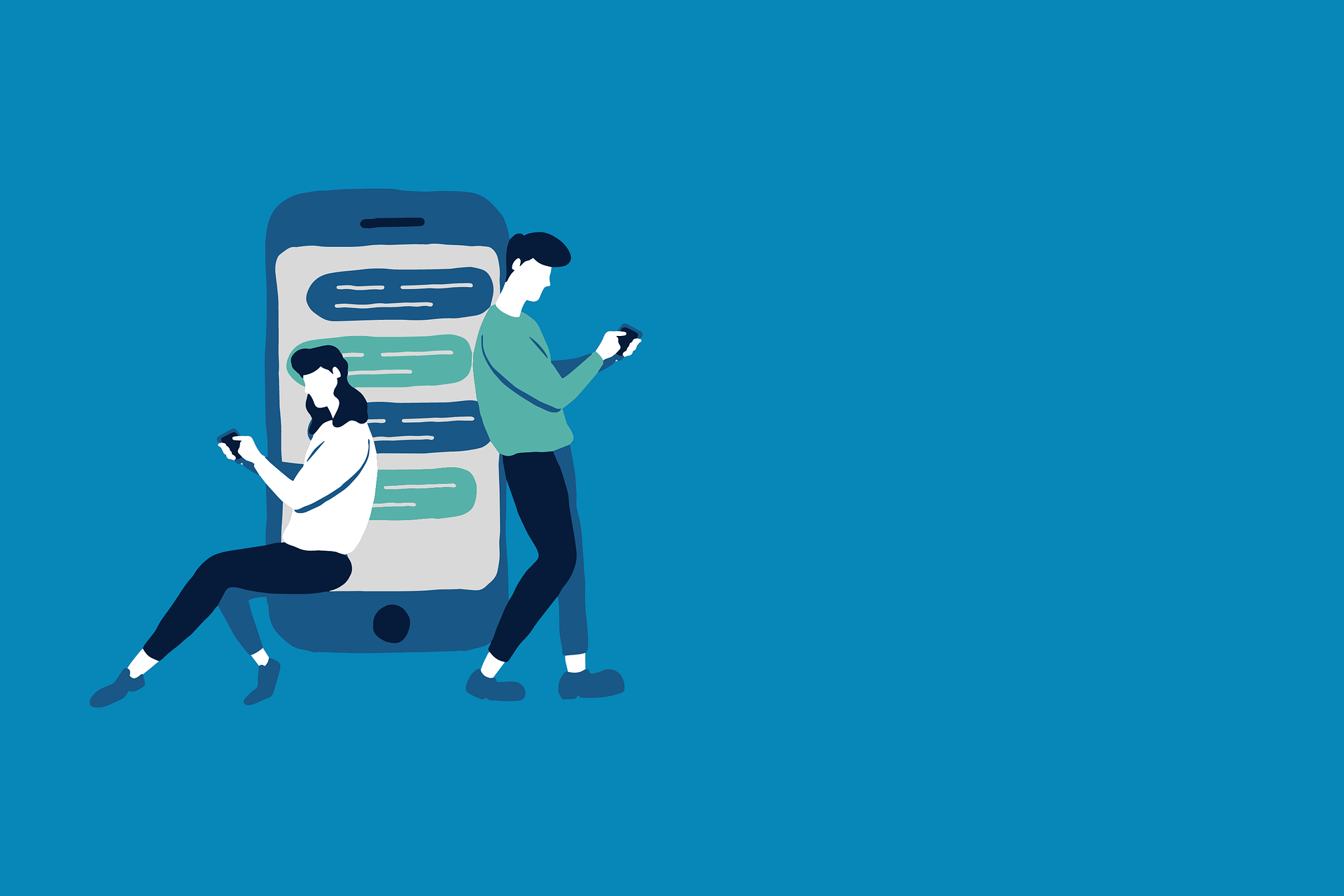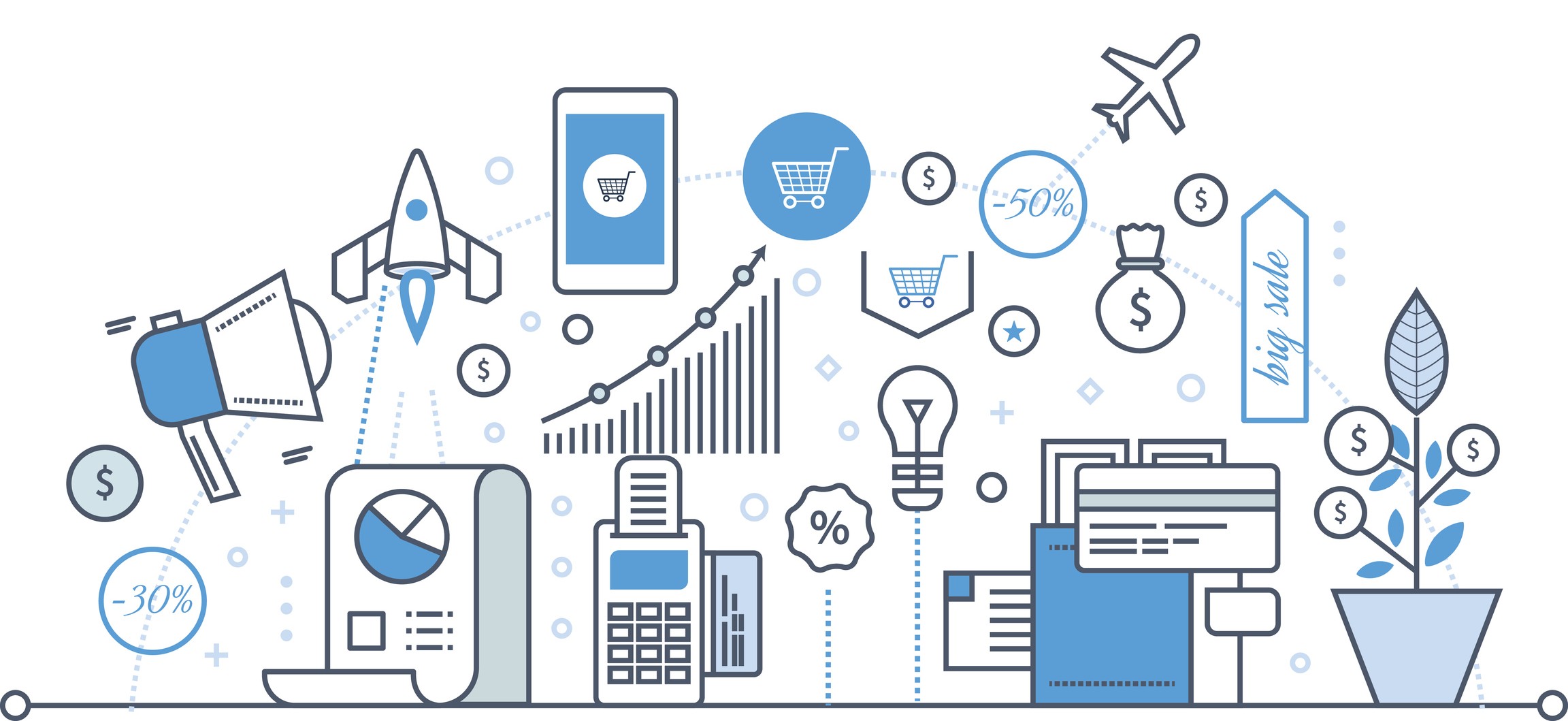Blockchain, a term that has become nearly synonymous with Bitcoin, has grown significantly over the years, demonstrating an expansive potential that goes far beyond the confines of cryptocurrency.
Blockchain is essentially a decentralized, distributed ledger system that records transactions across multiple computers to ensure transparency and security. It was first introduced to the world in 2009, as the underlying technology of Bitcoin, the first-ever cryptocurrency.
Bitcoin represented a new form of digital currency, one that didn't require a central authority, like a bank, to manage transactions. This was possible due to the intrinsic nature of blockchain technology - a robust structure that made it nearly impossible for any single party to tamper with transaction data.
However, while Bitcoin brought blockchain into the spotlight, it is important to recognize that the potential of blockchain technology stretches far beyond this initial application.
The Evolution of Blockchain
Blockchain's journey started with Bitcoin, created by an individual or group using the pseudonym Satoshi Nakamoto. With Bitcoin, the world saw the first-ever application of blockchain, used to track the ownership and transactions of the digital currency in a transparent, immutable, and decentralized manner.
As Bitcoin's popularity grew, so did the recognition of the technology powering it. People started realizing that this technology - with its capacity to secure data, enhance transparency, and remove intermediaries - could be used for much more than just cryptocurrencies. This led to the development and evolution of blockchain technology beyond Bitcoin.
The evolution of blockchain can be roughly divided into three phases:
- Blockchain 1.0 - Cryptocurrencies
In its earliest stage, blockchain was primarily used to support cryptocurrencies, like Bitcoin. This phase witnessed the emergence of altcoins, like Litecoin and Ethereum, which also leveraged blockchain technology. - Blockchain 2.0 - Smart Contracts
As the technology matured, the concept of programmable transactions, or smart contracts, came into existence. These are self-executing contracts with the terms of the agreement directly written into lines of code, making transactions traceable, transparent, and irreversible. - Blockchain 3.0 - DApps and DAOs
The current phase of blockchain evolution involves the development of decentralized applications (DApps) and decentralized autonomous organizations (DAOs). These use the principles of blockchain to deliver services in a decentralized manner, promising to reshape various sectors like finance, supply chain, and healthcare.
Blockchain in Finance Beyond Bitcoin
The decentralized and immutable nature of blockchain technology makes it a perfect fit for the financial industry, where trust and security are paramount. Beyond the realm of Bitcoin and cryptocurrencies, blockchain is now being harnessed to transform traditional financial services, leading to increased efficiency, reduced costs, and improved transparency.
Use Cases of Blockchain in Financial Services
- Smart Contracts
Smart contracts are self-executing contracts with the terms of the agreement directly written into lines of code. They are used to automate processes that normally require significant manual effort, such as the verification and execution of contracts. This eliminates the need for intermediaries, reducing costs and expediting transactions. - Cross-Border Payments
Blockchain technology is being used to simplify and speed up cross-border transactions. By eliminating the need for intermediaries, payments made through blockchain are faster, cheaper, and more transparent. - Securities Settlement
Blockchain can help streamline and accelerate the process of securities settlement. With traditional systems, this process can take several days, but with blockchain, it can be almost instantaneous. - Fraud Prevention
Blockchain's immutable nature makes it a powerful tool for fraud prevention. Once a transaction is recorded on the blockchain, it cannot be altered or deleted, providing an accurate, tamper-proof history of financial transactions.
Impact of Blockchain on the Future of Finance
The impact of blockchain technology on the future of finance is potentially revolutionary. As blockchain adoption increases, we can expect to see the following changes:
- Greater Transparency
All transactions on the blockchain are visible to all participants, increasing transparency across financial systems. - Improved Security
Blockchain's decentralization and encryption provide enhanced security, reducing the risk of fraud and cyber attacks. - Increased Efficiency
By removing intermediaries, automating processes, and providing real-time verification, blockchain can significantly increase the efficiency of financial services. - Lower Costs
With the automation of processes and elimination of intermediaries, the costs associated with financial transactions can be greatly reduced. - Financial Inclusion
Blockchain could potentially provide financial services to billions of unbanked people worldwide, as it reduces the need for traditional banking infrastructure.
While blockchain technology made its debut with Bitcoin, its applications within the financial sector demonstrate that it has the potential to disrupt traditional financial systems and pave the way for a more transparent, secure, and efficient financial future.
Blockchain in Supply Chain Management
Supply chains can be complex, involving multiple stakeholders, countries, and processes. This complexity often leads to inefficiency, lack of transparency, and vulnerability to fraud. Blockchain technology, with its capacity for transparency, traceability, and security, can dramatically improve these challenges in supply chain management.
Understanding How Blockchain Improves Transparency and Efficiency
- Transparency
In a blockchain-based supply chain, every transaction or movement of goods is recorded on a shared, immutable ledger. This enables all stakeholders, from manufacturers to end customers, to trace the journey of a product in real-time, enhancing transparency and trust. - Efficiency
Blockchain can automate various processes in the supply chain through smart contracts, thereby reducing manual work, error rates, and operational costs. Also, since the information is recorded on a single, shared ledger, discrepancies and delays due to paperwork or information silos can be eliminated.
Examples of Industries Leveraging Blockchain for Supply Chain Management
- Food and Beverage Industry
The traceability provided by blockchain can help track food items from farm to fork, ensuring food safety and authenticity. For instance, Walmart uses blockchain technology to track the journey of its products, providing transparency and building consumer trust. - Pharmaceutical Industry
Blockchain can combat counterfeit drugs by tracing the journey of medicines from the manufacturer to the consumer. Additionally, it can ensure the integrity of temperature-controlled shipments, crucial for certain medicines and vaccines. - Fashion Industry
Brands like LVMH and H&M are using blockchain to prove the authenticity and ethical production of their products. Customers can scan a code on the product to access its entire lifecycle information, from raw materials to the finished product. - Automotive Industry
Companies like BMW are leveraging blockchain to ensure that the materials used in their cars, especially batteries, are sourced ethically. This technology can also be used to track car parts, preventing counterfeit parts from entering the market. - Logistics
Shipping giants like Maersk use blockchain to digitize their workflow, reduce paperwork, and streamline their complex supply chain process.
Blockchain technology offers tremendous potential to enhance transparency, efficiency, and security in supply chain management across a variety of industries. As businesses continue to recognize and leverage this potential, we can anticipate a future of supply chains that are more resilient, accountable, and customer-centric.
Blockchain in Healthcare
Healthcare systems globally are characterized by complex interactions between various stakeholders, including patients, healthcare providers, insurance companies, and researchers.
The decentralized, transparent, and secure nature of blockchain technology offers exciting opportunities to improve data privacy, security, interoperability, and patient-centricity in these complex systems.
How Blockchain Ensures Patient Data Privacy and Security
- Data Privacy
In a blockchain-based health information system, patients can have control over their own data. They can decide who gets access to their data and for what purpose, ensuring data privacy. This is in stark contrast to traditional systems where patient data is often stored in centralized databases that may be vulnerable to breaches. - Data Security
Blockchain uses advanced cryptographic techniques to secure data. Once a piece of data is recorded on a blockchain, it cannot be altered or deleted, ensuring data integrity. The decentralized nature of blockchain also means that there is no single point of failure, making it more resilient to cyber attacks. - Data Interoperability
Blockchain can enable interoperability by allowing different health information systems to communicate and share data securely. This can ensure a more holistic view of the patient's health, leading to better diagnosis and treatment.
The Future of Healthcare with Blockchain Technology
The integration of blockchain technology in healthcare can lead to various advancements:
- Patient-Centric Care
With blockchain, patients can have ownership and control over their health data. They can provide access to healthcare providers as needed, leading to more personalized and effective care. - Improved Research and Clinical Trials
Blockchain can ensure the integrity and traceability of data in clinical trials, leading to more reliable results. It can also enable secure and consent-based data sharing for research. - Pharmaceutical Supply Chain
Blockchain can ensure the authenticity of drugs by tracking their journey from the manufacturer to the patient. This can help combat counterfeit drugs, a major issue in the global healthcare sector. - Telemedicine and Remote Patient Monitoring
With secure and real-time data sharing enabled by blockchain, telemedicine and remote patient monitoring can become more effective and widely adopted.
Blockchain has the potential to enhance healthcare, making it more patient-centric, secure, and efficient. As healthcare stakeholders continue to adopt and invest in blockchain, we can expect a significant positive transformation in the way we manage health and wellness.
FAQs about Blockchain
What is Blockchain?
Blockchain is a type of distributed ledger technology that records transactions across multiple devices in a decentralized network. It ensures transparency, security, and immutability of data.
Is Blockchain Secure?
Yes, blockchain is designed to be secure. It uses advanced cryptographic techniques to secure data, and once data is recorded, it cannot be altered or deleted. Additionally, its decentralized nature makes it highly resilient to cyberattacks.
Is Blockchain Only for Cryptocurrencies?
While blockchain technology was originally developed for Bitcoin, its applications go beyond cryptocurrencies. It is being used across industries, from finance and supply chain management to healthcare, for its benefits of transparency, security, and efficiency.
What is a Smart Contract?
A smart contract is a self-executing contract with the terms of the agreement directly written into lines of code. It automates the execution of contracts, making transactions traceable, transparent, and irreversible.
What is the Future of Blockchain Technology?
The future of blockchain technology appears very promising. It is expected to redefine many sectors, enhancing transparency, security, and efficiency. With advancements in technology and regulatory support, its adoption is likely to increase in the coming years.
Blockchain technology, which initially gained fame as the underpinning technology of Bitcoin, has demonstrated its potential to transform various sectors beyond finance. From improving transparency and efficiency in supply chain management to ensuring data privacy and security in healthcare, the diverse applications of blockchain are evident.




